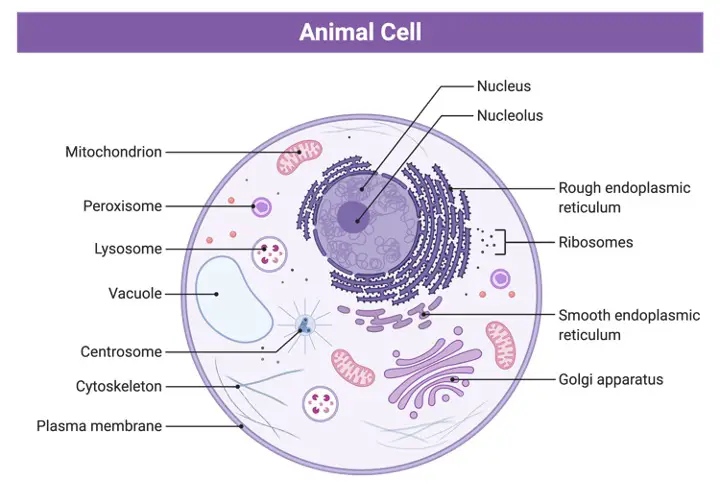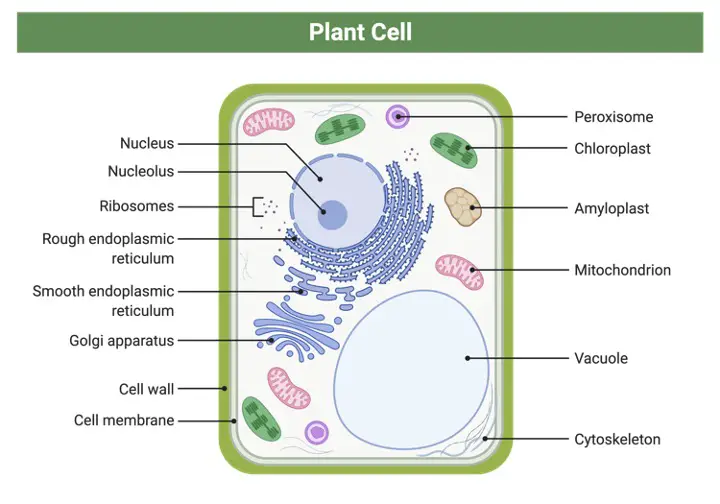Table of Contents
Nuclear Envelope Definition
Nuclear envelope comprise the 2 membranes that envelope the nucleus of a eukaryotic cell that spatially separates it from the cytoplasm and other organelles.
What is Nuclear Envelope?
The nucleus is the command center or the brain of the eukaryotic cell that regulates various metabolic reactions and helps to maintain homeostasis in the cell. They regulate a range of cellular functions and also contain genetic material required for reproduction and controls growth.
The double membrane or layers that encase the nucleus are referred to as nuclear envelope or plasmalemma they separate contents of the nucleus and the cytoplasm. The genetic material is enveloped and contained within plasmalemma in eukaryotes while no such membranes are found in the case of prokaryotes.
Features of Nuclear Envelope
The constitution of the nuclear envelope also comprises a lipid bilayer. It has comprised nuclear pore complexes that regulate transport or traffic between cytoplasm and nucleoplasm. It impedes the movement of large molecules. This complex allows for selective entry of molecules inside the nucleoplasm.

There is a space existing between the 2 layers of the nucleus that is referred to as the perinuclear space. The endoplasmic reticulum continues with the outer membrane and in this membrane, spectrin repeats are also seen. The nuclear lamina is a mesh of filaments that constitute the inner membrane and these filaments also link to chromosomes.

Lamins also protect the nucleus. The inner and outer membranes are contiguous in the region of nuclear pores. are connected by the nuclear pores. The spectrin proteins link different cytoskeletons of the cytoplasm to the nucleoskeleton that fixates the nucleus at the correct position.
Importance of Nuclear Envelope
If the nucleus is observed during cell division, then it can be seen that certain modifications are occurring in the nuclear structure like the disintegration of the nuclear envelope. This breakdown of the envelope permits the spindle fibers to attach to the chromosomes.
In yeast, the nuclear envelope does not disintegrate at any stage of the cell cycle. In other eukaryotic cells, this breakdown of the nuclear envelope is observed during the prometaphase of mitosis. In the telophase stage, the reformation of this envelope can be seen. The reformation process occurs by reshaping the ER or via vesicle fusion.
The nucleus envelope has many Nucleus Pore Complexes (NPC), and there is a mechanism for the transportation of large molecules whereas the smaller molecules like ions can easily cross this envelope. Transportation requires importin or exportin molecules that can facilitate the transport of the cargo or RNA molecules. The cargo to be imported into the nucleus associates with the importin and via NPC into the nucleus from the cytoplasm.
Whereas for export the cargo associates with exportin and is transported outside through NPC to the cytoplasm. This process is powered by hydrolyzation of GTP by Ran enzymes that act as GTPases. This energy can be employed to bind cargo to exportins or to dissociate cargo from importin proteins.
Nuclear Envelope Function
The nuclear envelope spatially separates and aids in compartmentalization. Nuclear pores present in this envelope facilitate in the transportation of molecules. Larger molecules are actively transported with the help of certain GTPases and certain proteins.
Nuclear Envelope Citations
- Nuclear envelope dysfunction and its contribution to the aging process. Aging Cell . 2020 May;19(5):e13143.
- “The nuclear envelope, a meiotic jack-of-all-trades” Curr Opin Cell Biol . 2020 Jun;64:34-42.
- Interplay of the nuclear envelope with chromatin in physiology and pathology. Nucleus . 2020 Dec;11(1):205-218.
- The Dynamic Nature of the Nuclear Envelope. Curr Biol . 2018 Apr 23;28(8):R487-R497.
- Figures are created with BioRender.com







